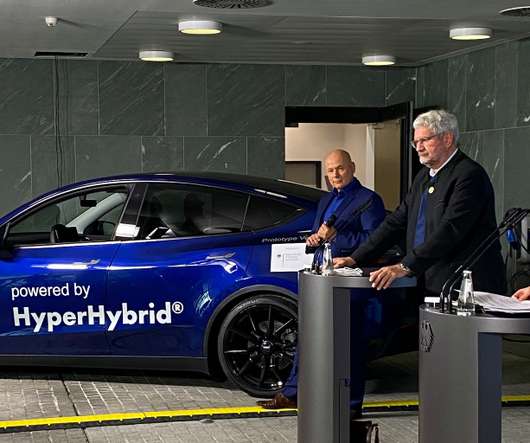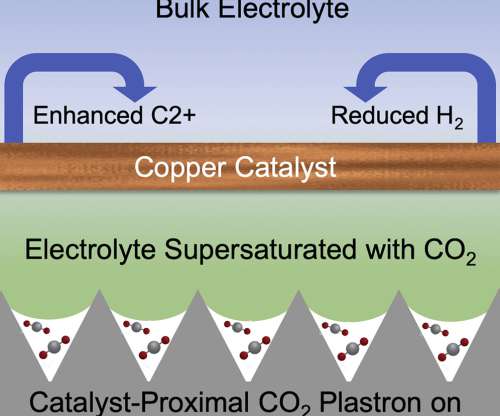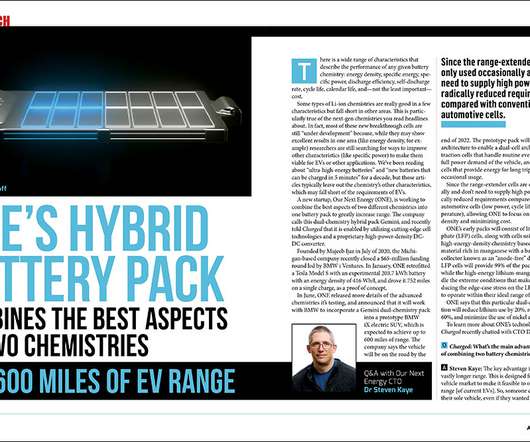MIT researchers significantly increase lifetimes of solid oxide fuel cells by changing pH
Green Car Congress
SEPTEMBER 1, 2022
MIT researchers have found that changing the pH of the system can increase the lifetimes of a range of technologies including fuel cells. Simmons Professor of Ceramics and Electronic Materials in MIT’s Department of Materials Science and Engineering (DMSE). They can also be made without using costly metals like platinum.





























Let's personalize your content